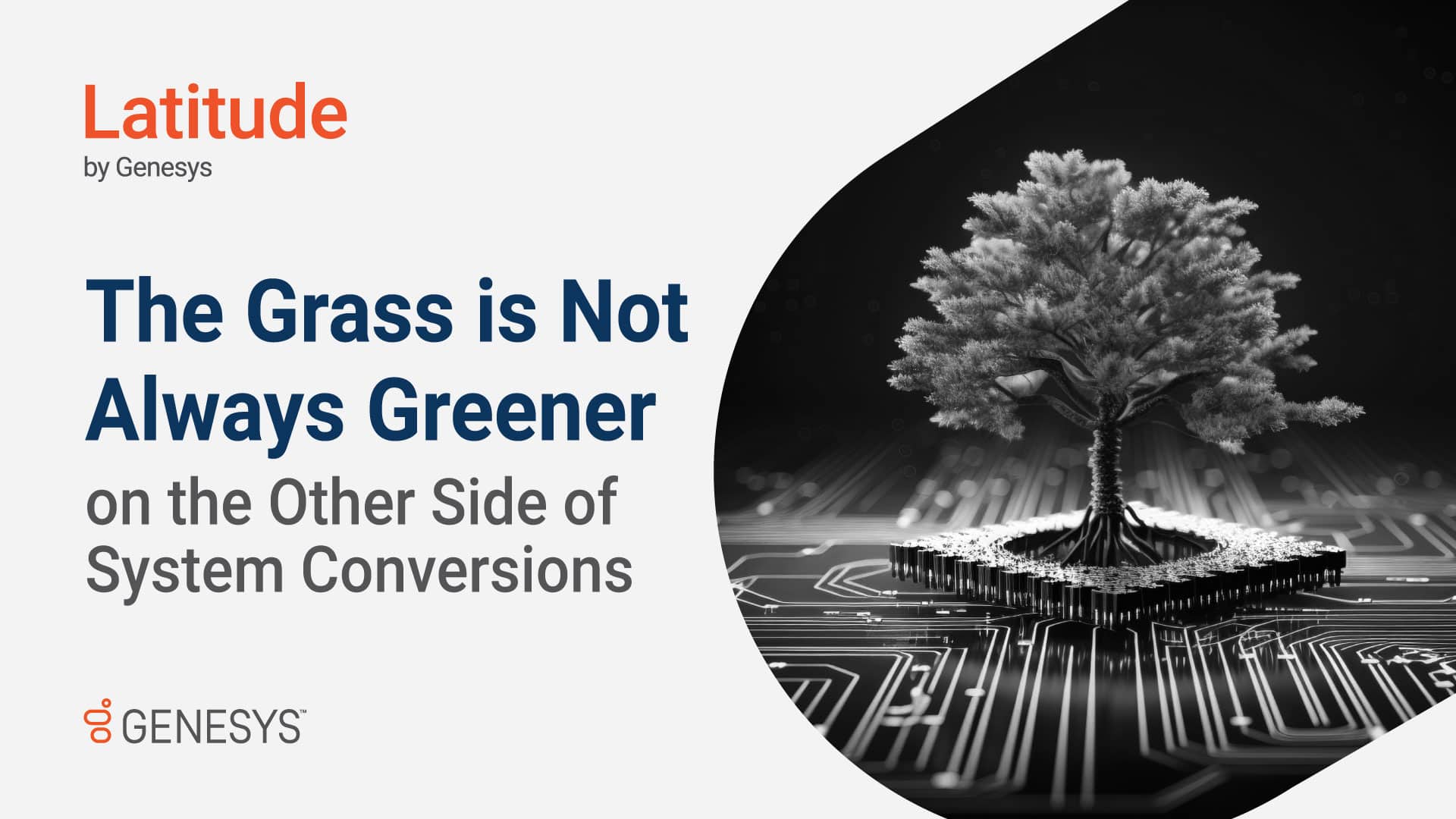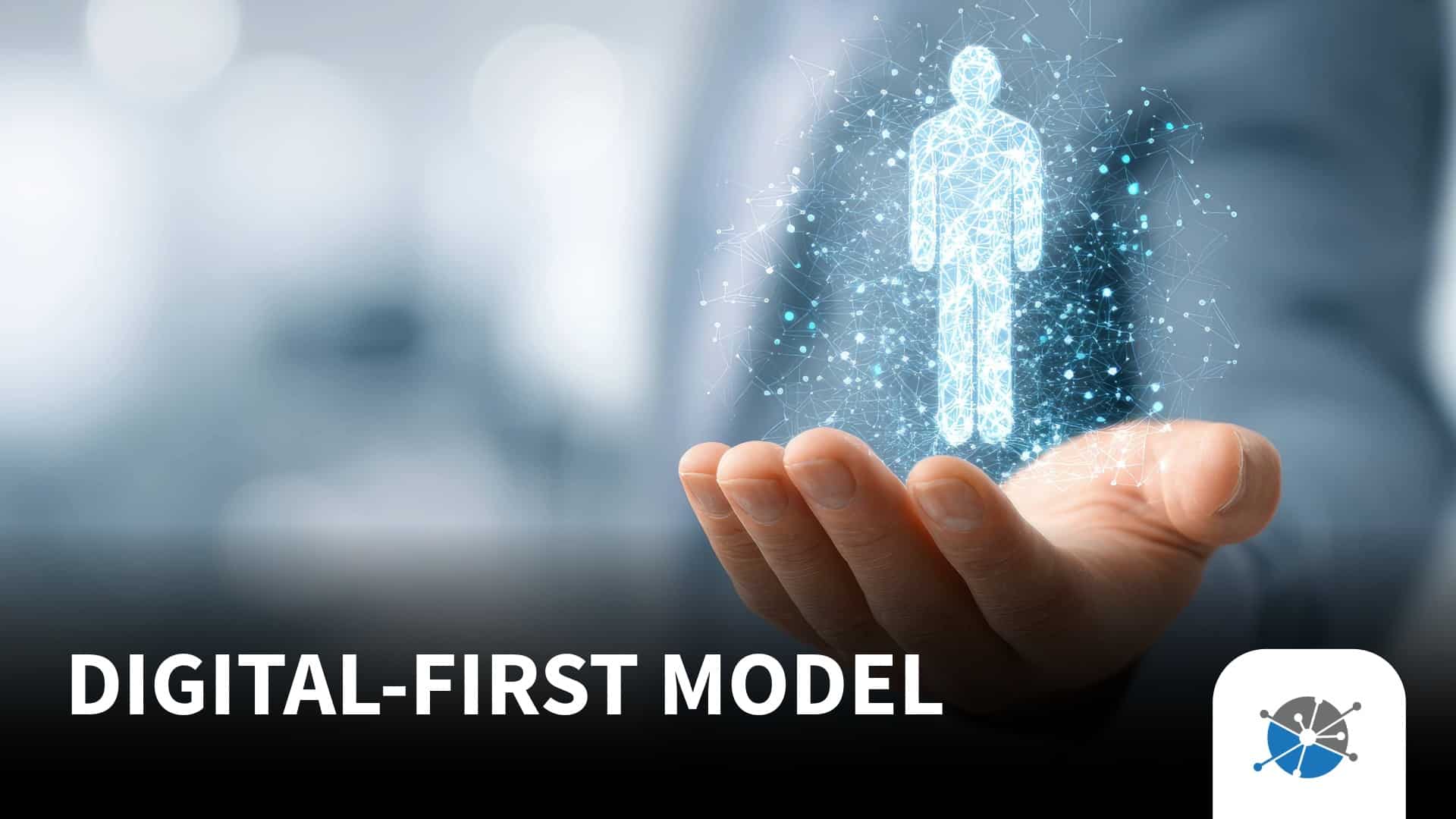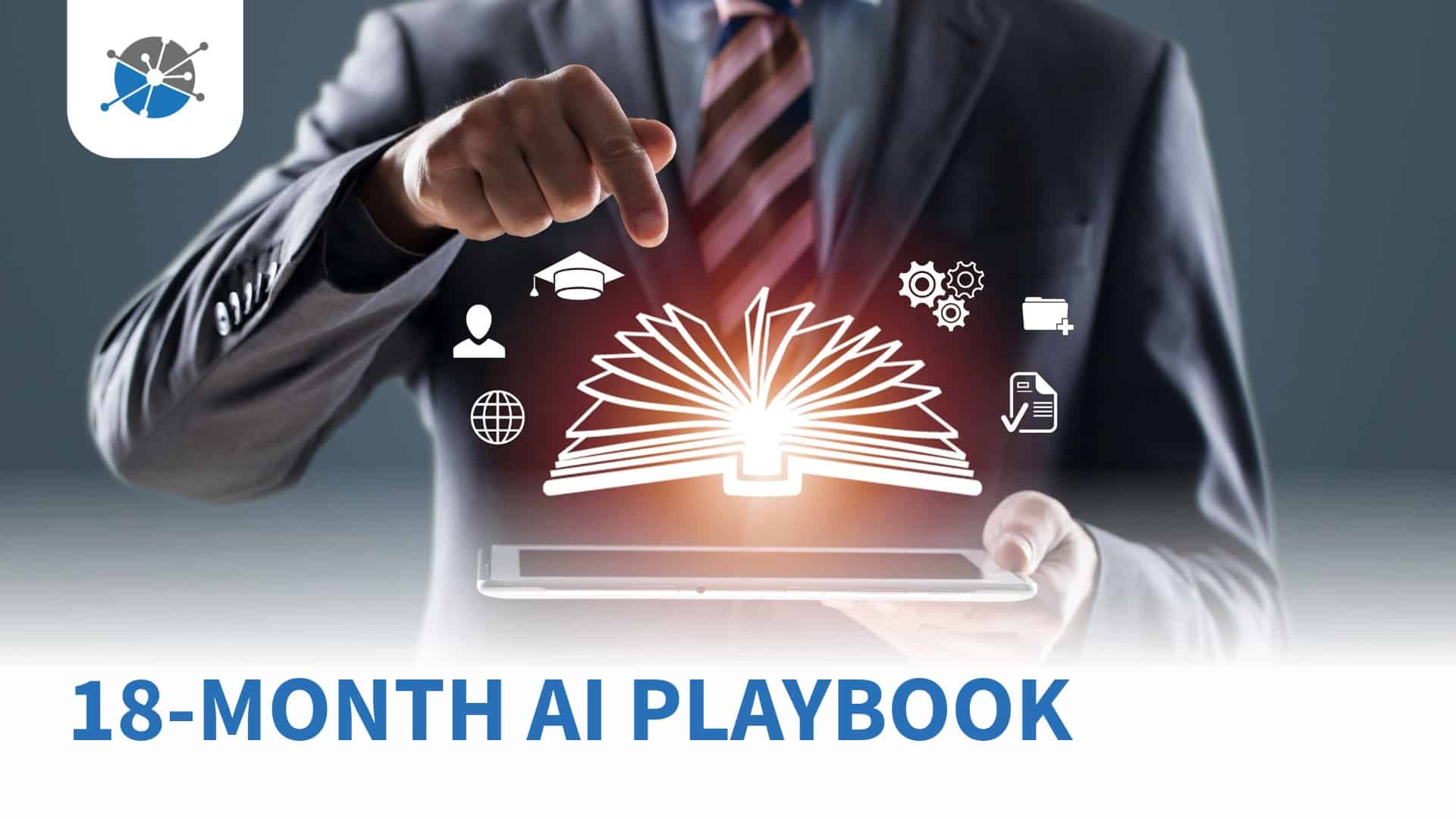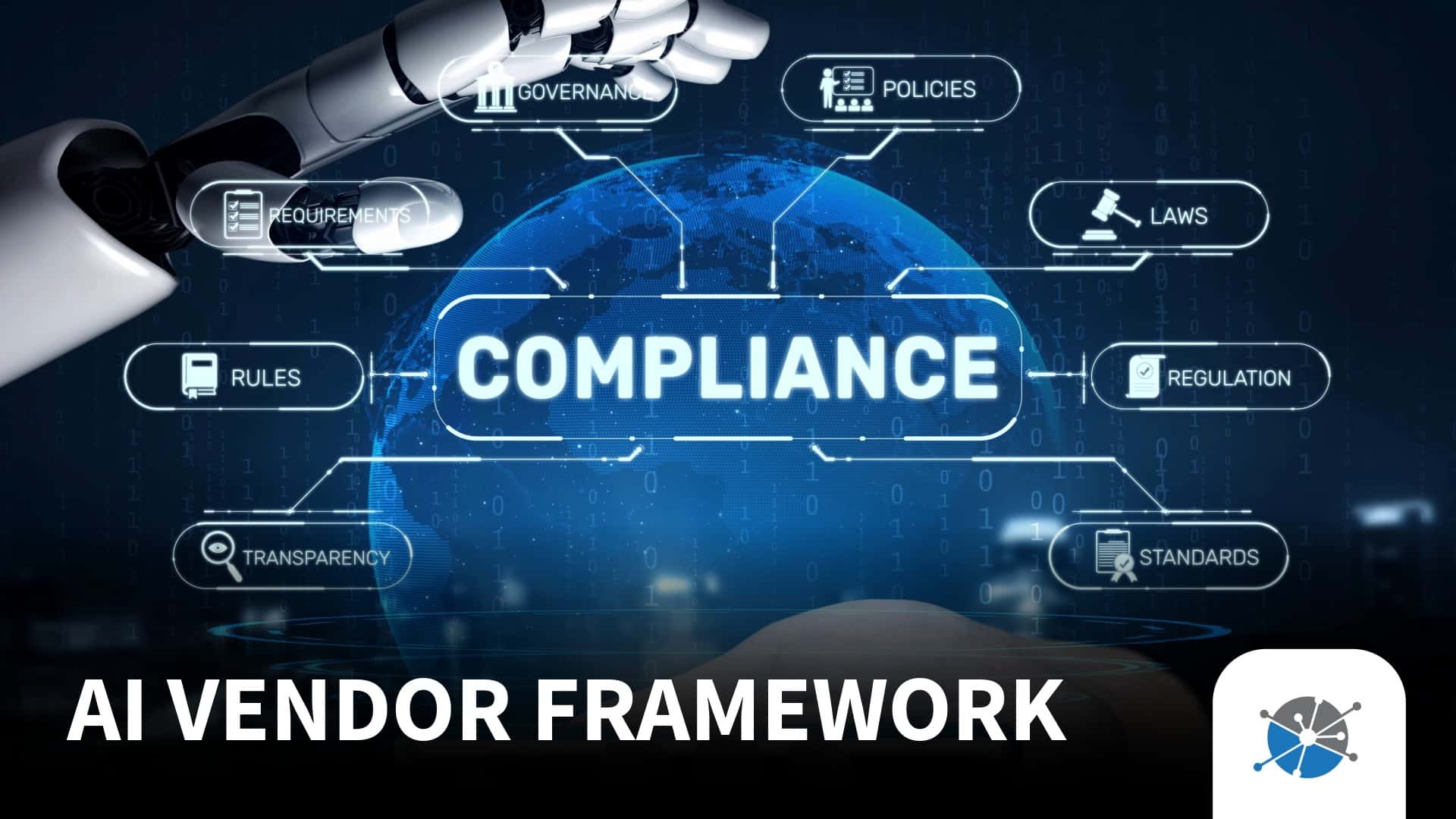
The Other Side of System Conversions: The Grass is Not Always Greener
By John Everman, CEO & Founder, Guru DNA Technology Consulting
For many businesses, the center of their digital universe is the System of Record (SOR) or Contact Relationship Management (CRM) software. This is where individual accounts are managed, tracked, and treated with automated tools and processes implemented for efficient workflow management.
As technology stacks age and businesses evolve, however, there inevitably comes a time when existing software and systems require reevaluation to assess for optimal integrations, workflows, and efficiencies to determine whether the existing technology infrastructure is still best meeting the needs of the business. When that time comes, it’s important to make those decisions with deliberate planning.
Aging tech stacks may have been built by multiple “IT regimes” over time as IT teams and the people leading those teams may have changed over the years. Intermixed with that may be changes that have occurred as a result of the company’s growth and evolution over time, perhaps even new iterations of the company and its scope of specialties, clients, workflows and/or teams. Eventually, a collection of “band-aids” may have inadvertently become the glue that holds systems together as opposed to organized change management.
Once a business finds itself in a position of having “outgrown” its current systems and executive leadership is ready to consider how to drive the technology stack forward, it’s a good idea to consider third-party assistance. A fresh set of eyes goes a long way and the right consultant can provide valuable experienced insights. With that in mind, here are a few tips to follow with or without a consultant:
1) Invest the time to thoroughly evaluate and understand your needs. Quick decisions about core technology can negatively impact a business, so take the time to plan and test. Planning should include not just a search to “fill in the gaps” but a thorough evaluation of what the system does well today. A good grasp of this will help in understanding feature parity and avoiding expectations of a “silver bullet” infrastructure solution— which rarely exists.
2) Contact existing vendors to investigate whether you are using all available solutions. Don’t immediately rule out the possibility of continuing to use what you have, as there may be new ways to use it better.
3) Understand the limits of your IT resources. Big projects might require additional assistance to execute within your expected timeframe.
4) Plan out all 3rd party application integrations. Anticipate how introducing anything new could impact operations, workflows, and current systems.
After, and only after, you have taken the time to build an appropriate plan to migrate your configurations, data, and user training, you might be ready to upgrade your systems. Make sure, however, that you are ready to dedicate the resources necessary to execute effectively on the project.
For those interested in speaking to a consultant at any stage of this process—to evaluate whether a change is necessary, to assist with planning, or to guide you through implementation and testing—Guru DNA specializes in receivables management technology consultation. Latitude by Genesys is one of our many partners in the industry. We have the experience to provide expert guidance and support for effective and managed technology changes for businesses interested in exploring the various Genesys solutions including Latitude by Genesys.
About Guru DNA
Guru DNA is an experienced group of receivables management technology consultants with a unique perspective for solving technology challenges. We concentrate at the intersection of technology and business to assist our clients with simplifying business processes, so they can concentrate on revenue generation.
About Latitude by Genesys
Latitude by Genesys® is a comprehensive debt collection and recovery solution for managing all pre- and post-charge-off accounts and workflow processes. It provides collectors and agents with the tools to manage the debt collection and recovery process and provides full functionality for the collector’s or agent’s desktop and deploys as a true zero-footprint, browser-based environment. Since 1996, Latitude’s focus has been to provide the most forward-thinking, attractive solution to the business needs of different people and companies in the accounts receivable management (ARM) space. Acquired by Genesys in 2016, Latitude is continually growing, innovating, and reshaping the technology expectations and customer experiences of ARM companies and their consumers.







